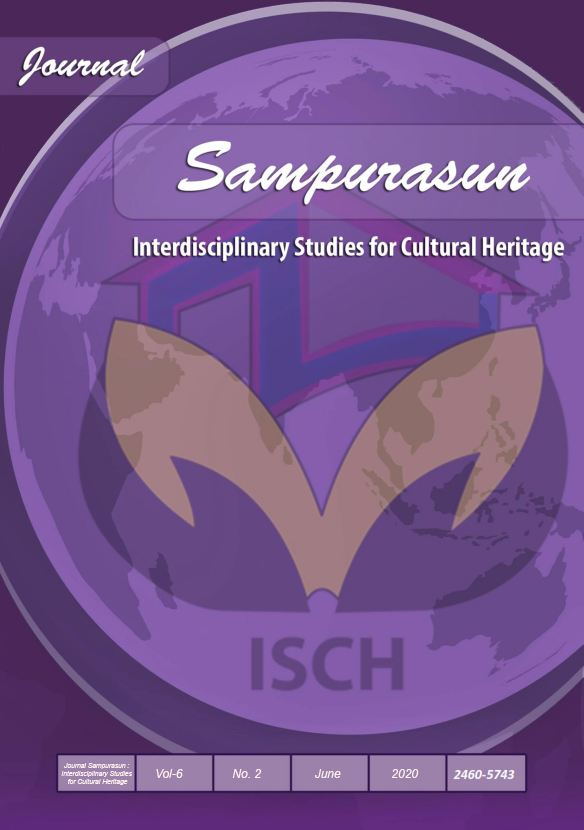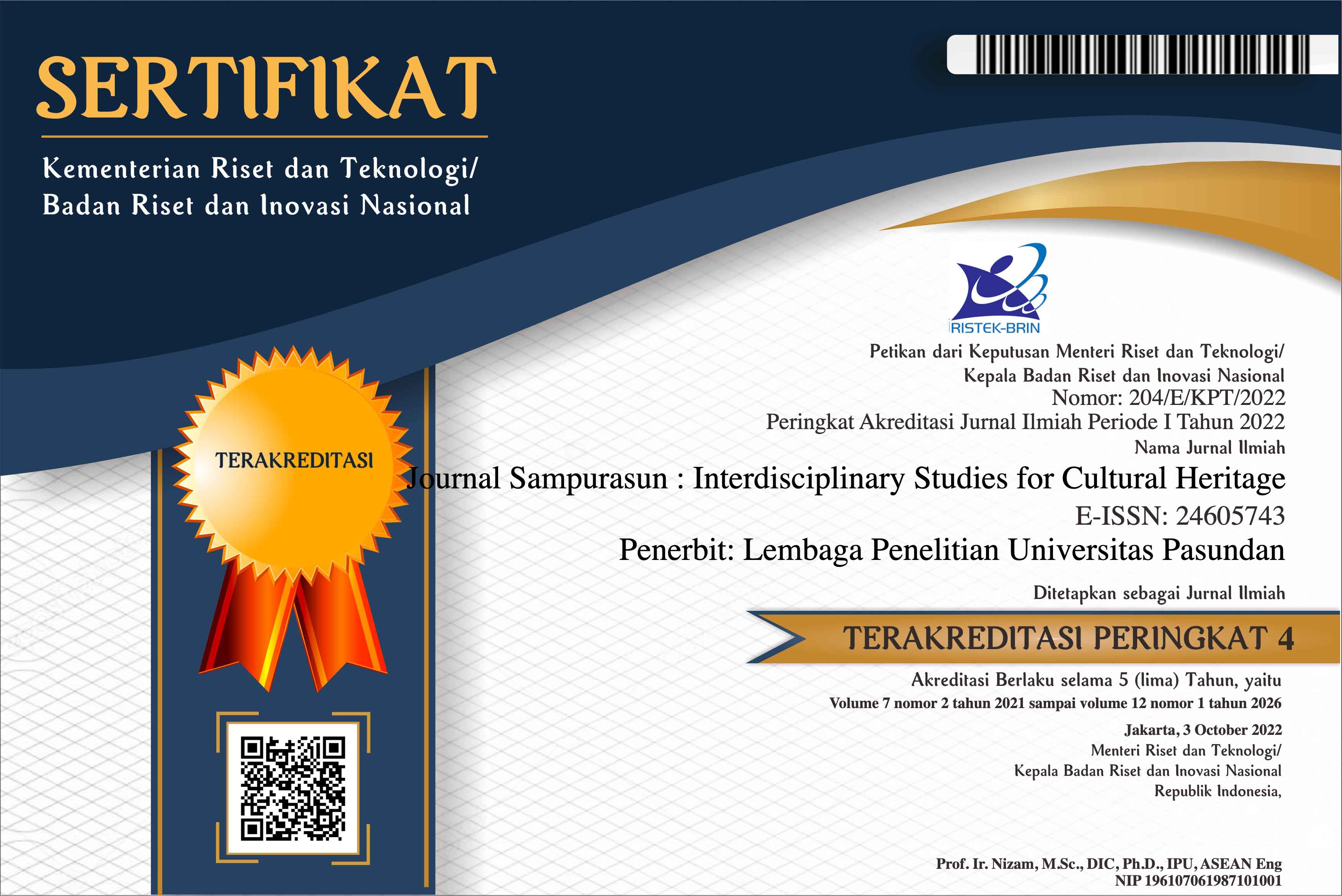THE IMPACT OF PRICE AND QUALITY PRODUCT ON CONSUMERS’ PURCHASING DECISION IN KAOS ANAK FOR KIDS’ (KAFK) CLOTHING SHOP
DOI:
https://doi.org/10.23969/sampurasun.v6i1.2386Keywords:
Price, Quality Product, Purchasing DecisionAbstract
This research reveals that there is a gap between high growth of clothing shop and decreased product buying of KAFK clothing shop. Study case has conducted on kid fashion consumer. The purpose of the research is to know whether there is a price and product quality influence in considering KAFK clothing shop consumer purchase intention. Those factors tested in this research are price and product quality as independent variable, while purchase intention as dependent variable. The research methodology is descriptive method, using data gathering from observation and questionnaire. The population is child fashion product consumer with 150 respondent research samples. The data analysis use Path Analysis. The finding of the research shows that two independent variables, which are price and product quality, are influencing in considering KAFK clothing shop consumer purchase intention.
Downloads
References
A. GimaSugiama. (2015). MetodeRisetBisnisdanManajemen. EdisiKedua. Bandung: GuardayaIntimarta.
Anwar, Sanusi. (2014). MetodologiPenelitianBisnis. Jakarta: SalembaEmpat.
BasuSwasthadan irawa.(2001).Manajemenpemasaran Modern. Yogyakarta: Liberty,
Berman dan Evans. (2010). Retail Management. 12th Edition. Jakarta: Pearson .
Durianto, Liana. (2004). StrategiMenaklikanPasar; MelaluiRisetEkuitasdanPerilakuMerk. Jakarta: PT. GramediaPustakaUtama.
Kotler, Philip dan Keller, Kevin Lane. 2015. ManajemenPemasaran. Edisi 15. Jakarta: Erlangga
Koler, Philip dan Armstrong, Gary. (2014). Prinsip-prinsipManajemen. Edisi 14, Jilid 1. Jakarta: Erlangga
Koler, Philip dan Armstrong, Gary. (2016). Prinsip-prinsipPemasaran. Edisi 13, Jilid 1. Jakarta: Erlangga
Retno, Dewanti. (2014). Faktor-Faktor yang MempengaruhiMinatBeli. Jakarta: SalembaEmpat
Riadi, Edi. (2013). AplikasiLisreluntukPenelitianAnalisisJalur. Penerbit : CV ANDI OFFSET
SchiffmandanKanuk. (2001). RisetPerilakuKonsumen. Edisi 7. Prentice Hall. Jakarta.
Sugiyono. (2014). MetodePenelitianKuantitatif, Kualitatifdan R&D. Bandung: Alfabeta.CV
Tjiptono, Fandy. (2015). StrategiPemasaran, edisi 4. Yogyakarta: Penerbit Andi
Journal :
Arroyo, P. and Carrete, L. (2019), "Motivational drivers for the adoption of green energy", Management Research Review, Vol. 42 No. 5, pp. 542-567.https://doi.org/10.1108/MRR-02-2018-0070
Fitriani. (2020). “PengaruhKualitasProdukdanKemasanTerhadap Volume Penjualan (Survey padaPedagang Kalua JerukCiwideyKabupaten Bandung”, Business Preneur: JurnalIlmuAdministrasiBisnis. Vol. 2 No. 1, v. 2, n. 1, p. 23 - 33, apr. 2020. ISSN 2656-9361.https://journal.unpas.ac.id/index.php/businesspreneur/article/view/2412
Le Roux, A., Thébault, M. and Roy, Y. (2019), "Do product category and consumers’ motivations profiles matter regarding counterfeiting?", Journal of Product &Brand Management, Vol. 28 No. 6, pp. 758-770. https://doi.org/10.1108/JPBM-06-2018-1923
Lee, J., Goh, M. and Mohd Noor, M. (2019), "Understanding purchase intention of university students towards skin care products", PSU Research Review, Vol. 3 No. 3, pp. 161-178. https://doi.org/10.1108/PRR-11-2018-0031
Lo, P., Chan, H., Tang, A., Chiu, D., Cho, A., See-To, E., Ho, K., He, M., Kenderdine,
S. and Shaw, J. (2019), "Visualising and revitalising traditional Chinese martial arts",Library Hi Tech, Vol. 37 No. 2, pp. 273-292. https://doi.org/10.1108/LHT-05- 2018-0071
Nisar, T., Hajli, N., Prabhakar, G. and Dwivedi, Y. (2019), "Sharing economy and the lodging websites", Information Technology & People, Vol. ahead-of-print No. ahead-of-print. https://doi.org/10.1108/ITP-06-2018-0297
Pujadas-Hostench, J., Palau-Saumell, R., Forgas-Coll, S. and Sánchez-García, J. (2019), "Clothing brand purchase intention through SNS", Online Information Review, Vol. 43 No. 5, pp. 867-892. https://doi.org/10.1108/OIR-02-2017-0042
Yan, L., Xiaojun, F., Li, J. and Dong, X. (2019), "Extrinsic cues, perceived quality, and purchase intention for private labels", Asia Pacific Journal of Marketing andLogistics, Vol. 31 No. 3, pp. 714-727. https://doi.org/10.1108/APJML-08-2017-0176
Downloads
Published
Issue
Section
License
Copyright Notice
Authors should not withdraw their submitted papers because the withdrawal wastes voluntary works devoted by an associate editor and reviewers. But, we accept the withdrawal of a submitted paper if authors have unavoidable reasons. In the event that a manuscript is to be withdrawn from submission to Sampurasun Journal, a letter must be sent to the editorial office requesting withdrawal by e-mail (sampurasunjournal@unpas.ac.id) with its scanned PDF file, before the notification of acceptance for publication.
The withdraw request letter must include the following information. Paper ID, Paper title, Authors names, Reason why the paper must be withdrawn, and Date and signatures of all the authors (or signature of the contact author).
If only the contact author signs the letter, he/she must obtain the agreement of the withdrawal from all the other authors and the letter must include the description that all the other authors agreed the withdrawal. The journal will not withdraw a manuscript from peer review until such a letter has been received. Authors must not assume their manuscript has been withdrawn until they have received appropriate notification from the editorial office. Withdrawal of a manuscript subsequent to acceptance for publication will only be granted in the most exceptional of circumstances.
After the paper is accepted for publication, the withdrawal is not permitted in principle. The authors must always pay the charge even if the withdrawal is permitted. Any request of withdrawal that does not follow the above procedure is treated as invalid. If illegal submission, e.g., plagiarized or duplicate submission, is found for a paper, the withdrawal of the paper will never be permitted and the authors will be punished based on the rule. It is not acceptable practice to withdraw a manuscript in the event of acceptance at another journal. This constitutes dual submission. The editorial office of the other journal will be notified of your actions. In such circumstances Sampurasun ISCH may chose to impose appropriate punitive action subject.
Withdrawal Penalty
Author is not allowed to withdraw submitted manuscripts, because the withdrawal is waste of valuable resources that editors and referees spent a great deal of time processing submitted manuscript, money and works invested by the publisher. If author still requests withdrawal of his/her manuscript when the manuscript is still in the peer-reviewing process, author will be punished with paying $200 per manuscript, as withdrawal penalty to the publisher. However, it is unethical to withdraw a submitted manuscript from one journal if accepted by another journal. The withdrawal of manuscript after the manuscript is accepted for publication, author will be punished by paying US$500 per manuscript. Withdrawal of manuscript is only allowed after withdrawal penalty has been fully paid to the Publisher. If author don't agree to pay the penalty, the author and his/her affiliation will be blacklisted for publication in this journal. Even, his/her previously published articles will be removed from our online system.


















